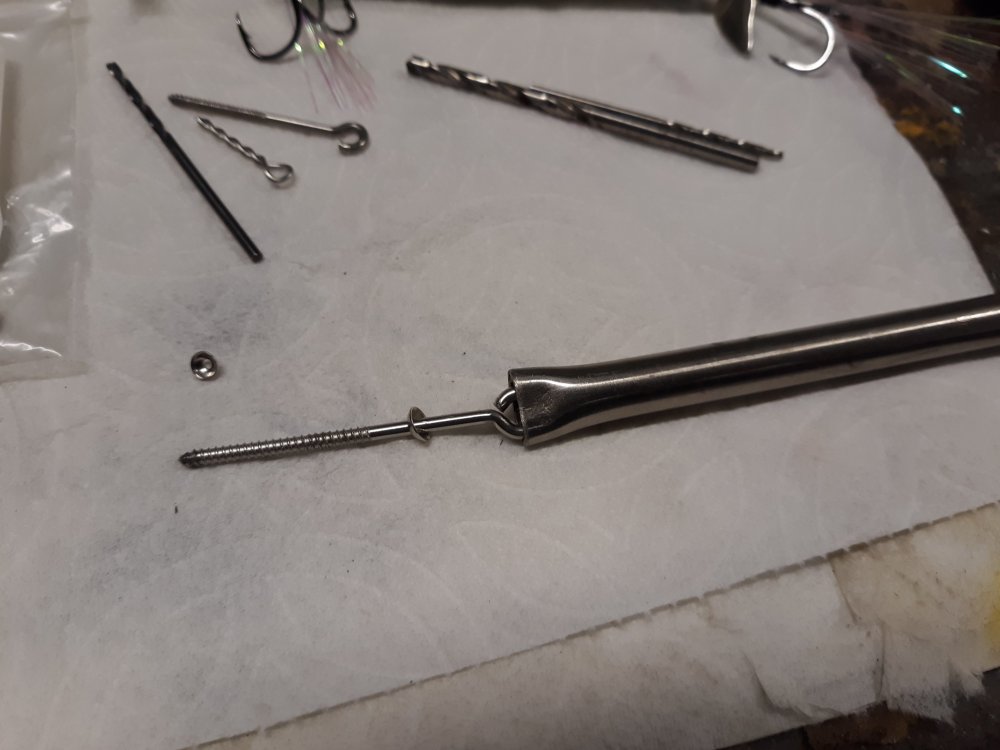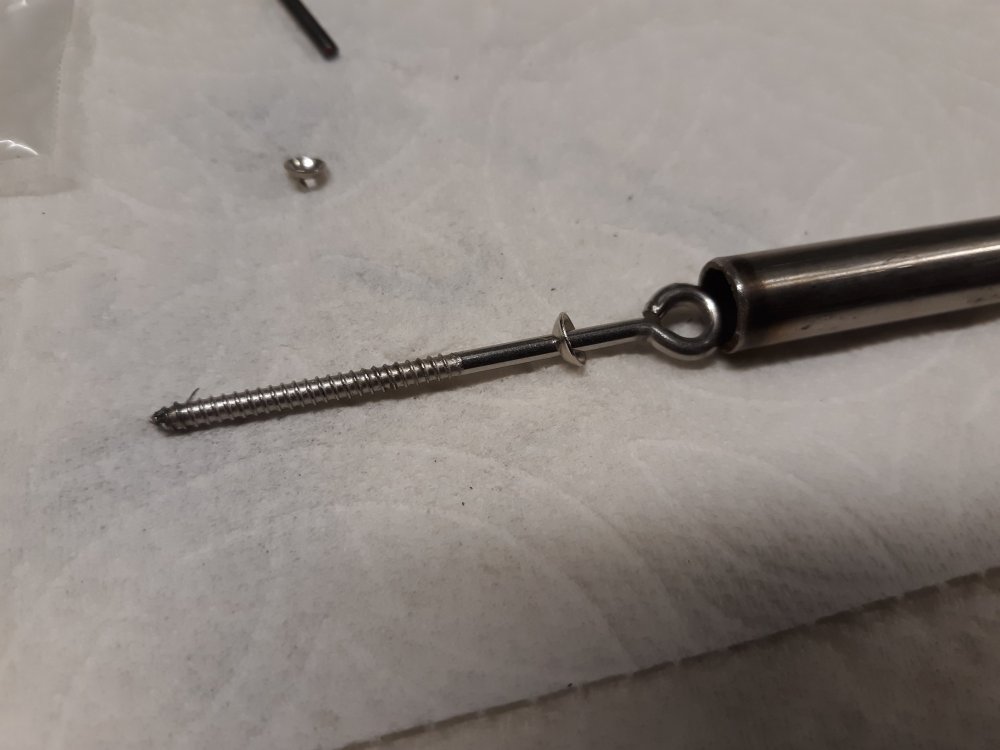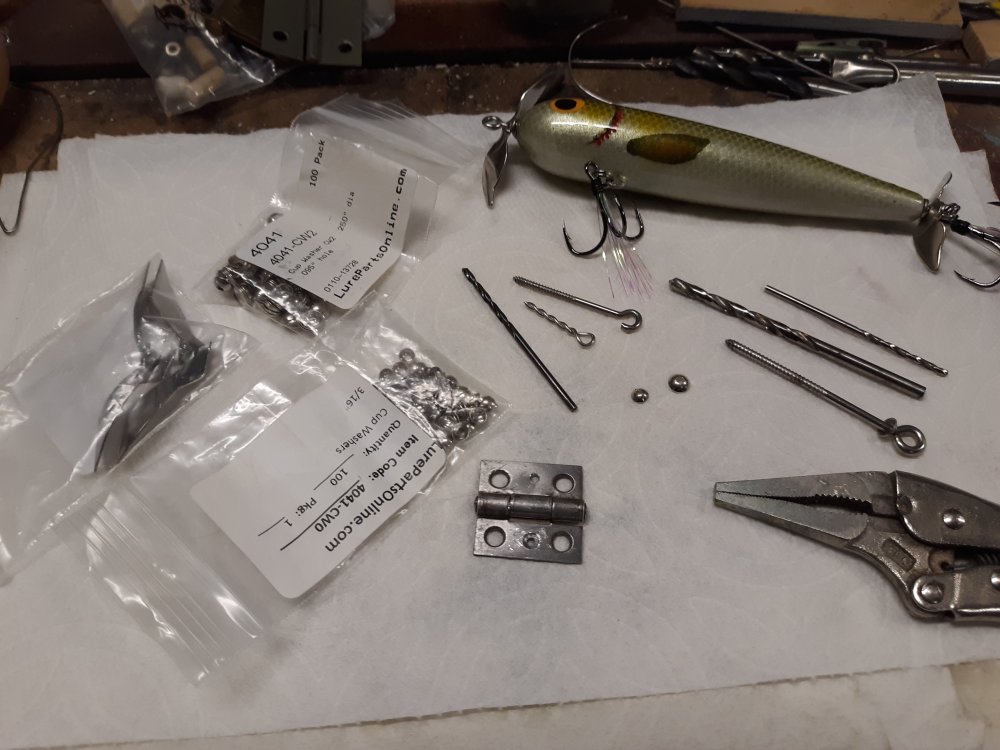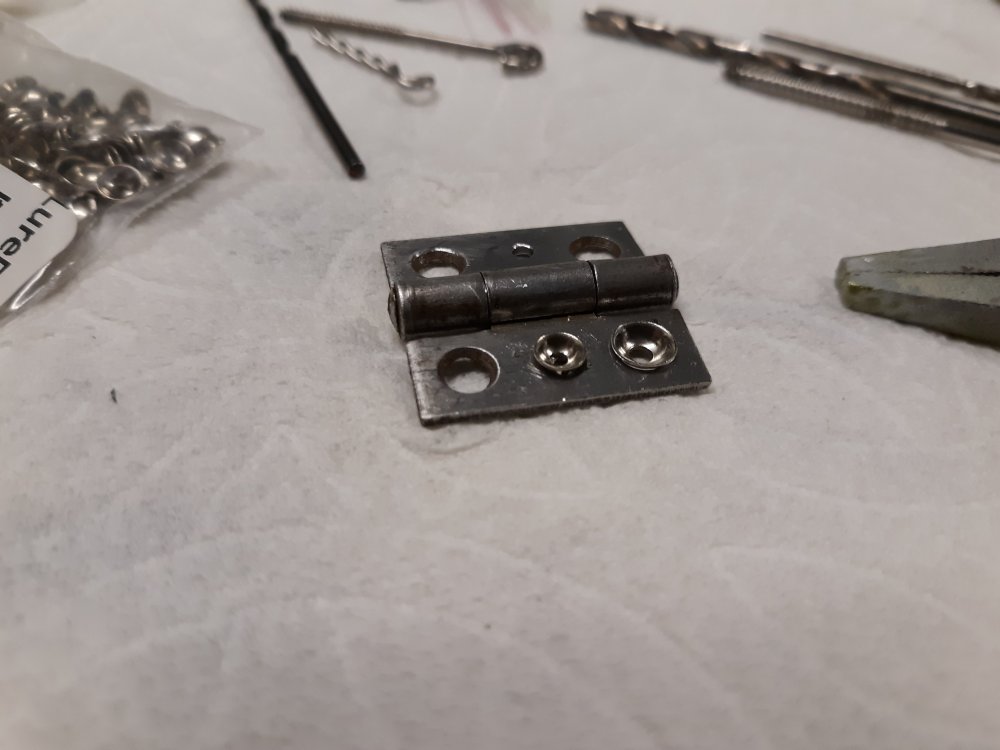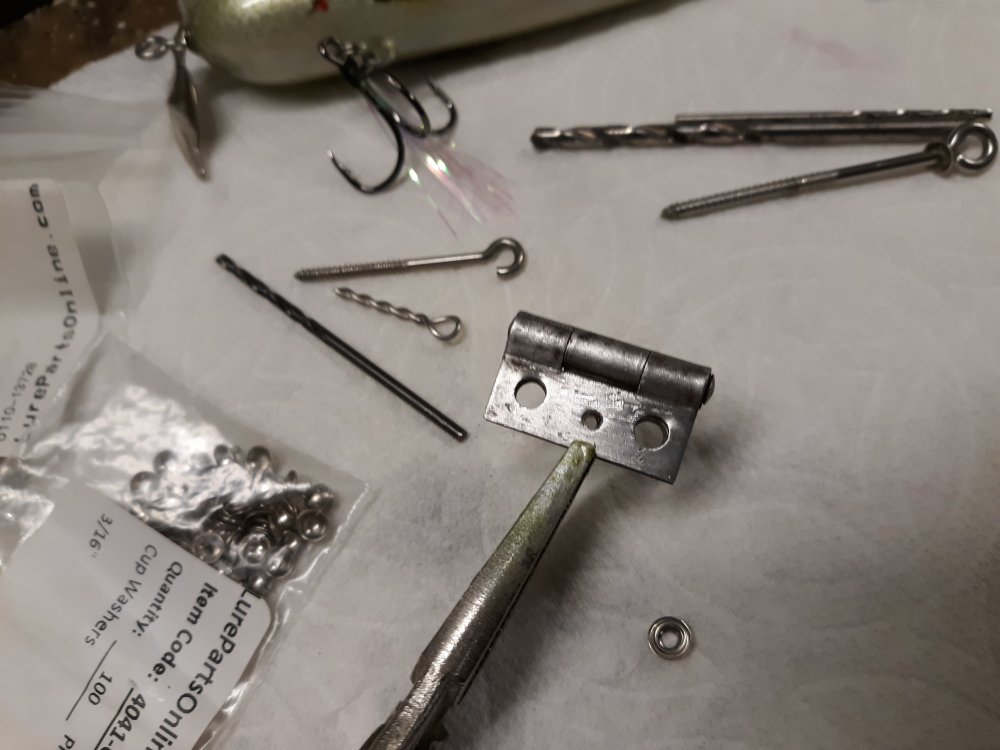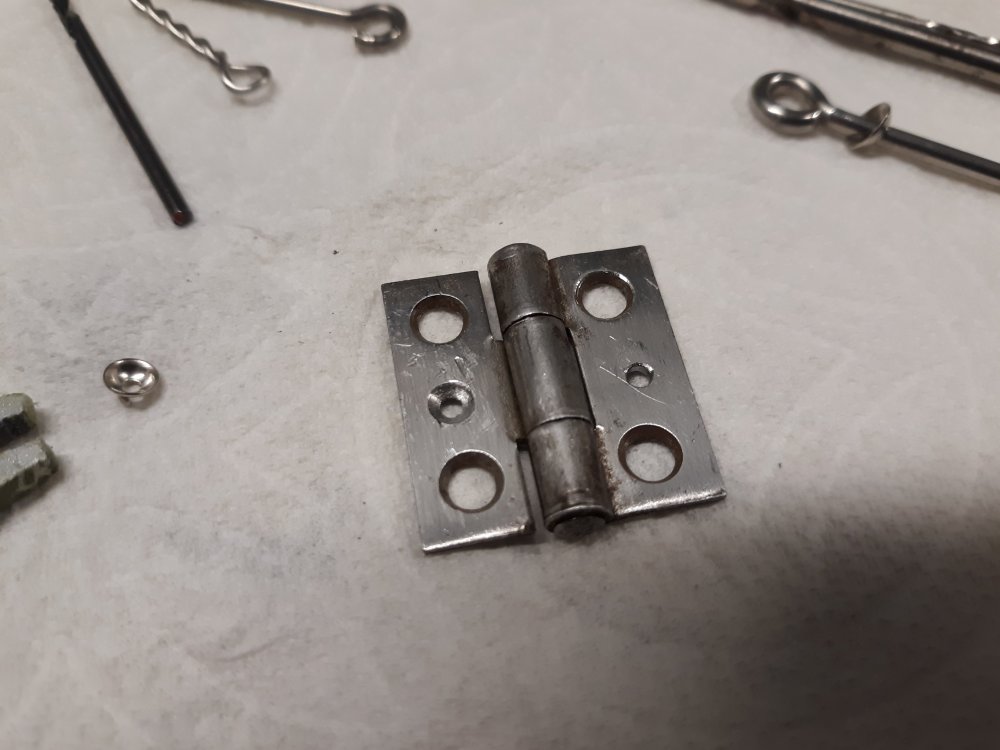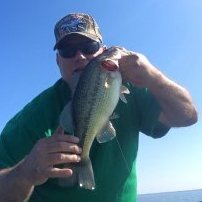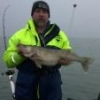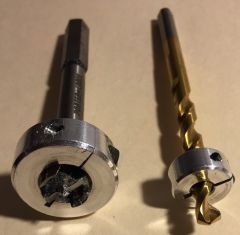Search the Community
Showing results for tags 'tools'.
-
After giving it a lot of thought I've decided to try my hand at making wooden lures. There are several good YouTube video's on the subject and some that show a few of the tools needed to make wooden lures. My question is, What basic tools are needed to produce wooden lures, and are there any tools...
-
First off, I wanted to say thanks to all who make this site amazing. So much knowledge here. I have a family member selling off some tools, and I wanted to get an idea of some tools that I should be on the lookout for. I already called dibs on his belt sander and band saw, but I was als...
-
Here are a couple of simple homemade tools that are working out well for me and may be of some help to you too. Photos were necessary for clarity. The first two pictures show a simple homemade screweye driver for use in your drill chuck. If you have any access to scrap pieces of stainless ste...
-
Does anyone know where to get this mold to make crankbait belly weights with lead and wire? Or is there a video out there somewhere that shows directions on how to make one of these molds? I've tried making one out of RTV but the wire would not stay verticle in the mold when pouring in the...
-
Here are a few tools that can be used too make Balsa/wood baits. Interesting enough some tools are used in the model aircraft industry. Tools like this can cut balsa to an accurate measurement and there is a planer if needed. http://www.nationalbalsa.com/product_p/bls.htm They also ha...
-



